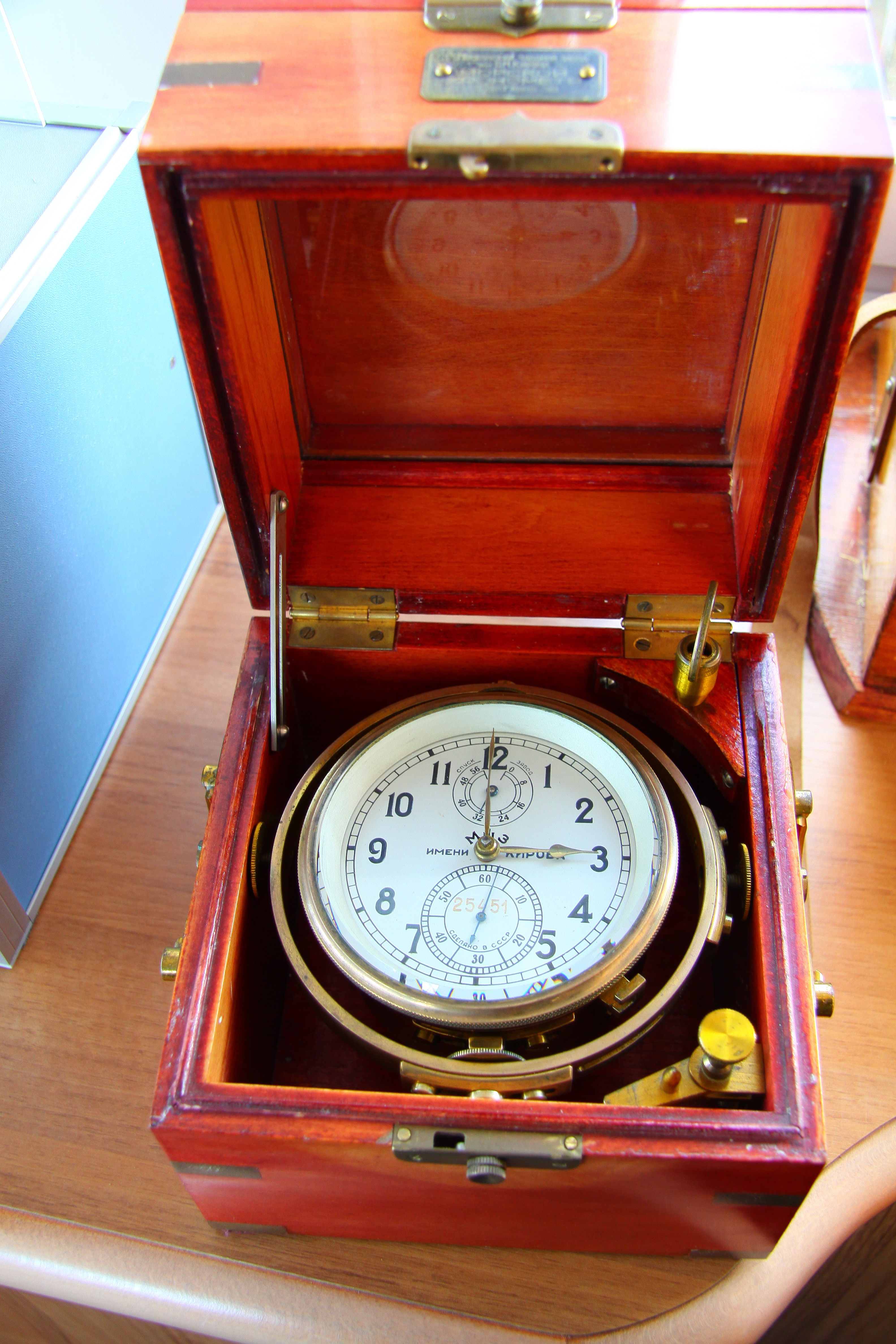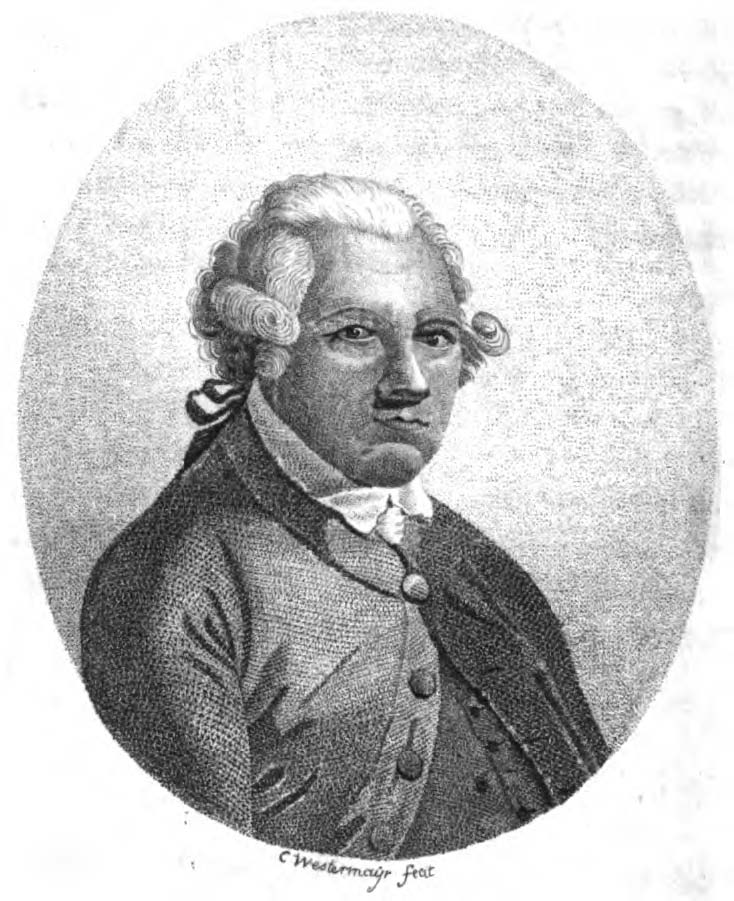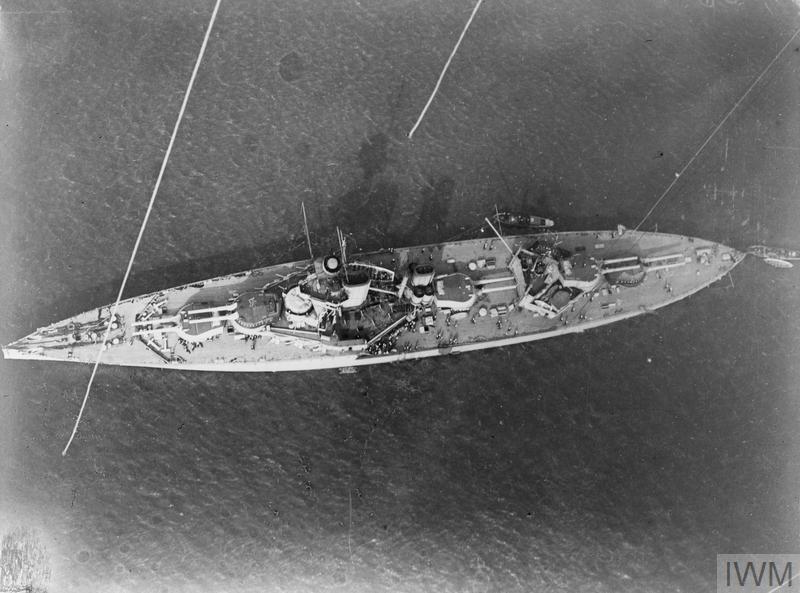|
Rupert T. Gould
Rupert Thomas Gould (16 November 1890 – 5 October 1948) was a Lieutenant Commander, lieutenant-commander in the British Royal Navy noted for his contributions to horology (the science and study of timekeeping devices). He was also an author and radio personality. Life Gould grew up in Southsea, near Portsmouth, where his father, William Monk Gould, was a music teacher, organist, and composer. He was educated at Eastman's Royal Naval Academy and then, from 15 January 1906 the Royal Naval College, Dartmouth, being part of the 'Greynville' term (group), and by Easter 1907, examinations placed him at the top of his class. He became a midshipman on 15 May 1907. He initially served on HMS Formidable (1898), HMS ''Formidable'' and HMS Queen (1902), HMS ''Queen'' (under Captain David Beatty, 1st Earl Beatty, David Beatty) in the Mediterranean. Subsequently, he was posted to China (first aboard HMS Kinsha, HMS ''Kinsha'' and then HMS Bramble (1898), HMS ''Bramble''). He chose the "navig ... [...More Info...] [...Related Items...] OR: [Wikipedia] [Google] [Baidu] |
England
England is a country that is part of the United Kingdom. It shares land borders with Wales to its west and Scotland to its north. The Irish Sea lies northwest and the Celtic Sea to the southwest. It is separated from continental Europe by the North Sea to the east and the English Channel to the south. The country covers five-eighths of the island of Great Britain, which lies in the North Atlantic, and includes over 100 smaller islands, such as the Isles of Scilly and the Isle of Wight. The area now called England was first inhabited by modern humans during the Upper Paleolithic period, but takes its name from the Angles, a Germanic tribe deriving its name from the Anglia peninsula, who settled during the 5th and 6th centuries. England became a unified state in the 10th century and has had a significant cultural and legal impact on the wider world since the Age of Discovery, which began during the 15th century. The English language, the Anglican Church, and Eng ... [...More Info...] [...Related Items...] OR: [Wikipedia] [Google] [Baidu] |
HMS Queen (1902)
HMS ''Queen'' was a member of the of pre-dreadnought battleships built for the British Royal Navy. The ''London''s were near repeats of the preceding s, but with modified armour protection. Due to slight differences between ''Queen'' and and the other ''London''s, they are sometimes referred to as the ''Queen'' class. The ship's main battery consisted of four 12-inch (305-mm) guns, and she had top speed of . The ship was laid down in March 1901, was launched in March 1902, and was completed in March 1904. After commissioning in April 1904, she served with the Mediterranean Fleet until 1906, when she returned to Britain before embarking on another stint with the Mediterranean Fleet later that year. ''Queen'' was transferred back to the United Kingdom in 1908 and thereafter served in the Atlantic Fleet, the Home Fleet, and finally the 5th Battle Squadron of the Second Fleet in 1914. After the outbreak of the First World War in August 1914, ''Queen'', still part of the 5t ... [...More Info...] [...Related Items...] OR: [Wikipedia] [Google] [Baidu] |
John Harrison
John Harrison ( – 24 March 1776) was a self-educated English carpenter and clockmaker who invented the marine chronometer, a long-sought-after device for solving the problem of calculating longitude while at sea. Harrison's solution revolutionized navigation and greatly increased the safety of long-distance sea travel. The problem he solved was considered so important following the Scilly naval disaster of 1707 that the British Parliament offered financial rewards of up to £20,000 (equivalent to £ in ) under the 1714 Longitude Act. In 1730, Harrison presented his first design, and worked over many years on improved designs, making several advances in time-keeping technology, finally turning to what were called sea watches. Harrison gained support from the Longitude Board in building and testing his designs. Toward the end of his life, he received recognition and a reward from Parliament. Harrison came 39th in the BBC's 2002 public poll of the 100 Greatest Britons. ... [...More Info...] [...Related Items...] OR: [Wikipedia] [Google] [Baidu] |
Marine Chronometer
A marine chronometer is a precision timepiece that is carried on a ship and employed in the determination of the ship's position by celestial navigation. It is used to determine longitude by comparing Greenwich Mean Time (GMT), or in the modern world its successor Coordinated Universal Time (UTC), and the time at the current location found from observations of celestial bodies. When first developed in the 18th century, it was a major technical achievement, as accurate knowledge of the time over a long sea voyage was vital for effective navigation, lacking electronic or communications aids. The first true chronometer was the life work of one man, John Harrison, spanning 31 years of persistent experimentation and testing that revolutionized naval (and later aerial) navigation and enabling the Age of Discovery and Colonialism to accelerate. The term '' chronometer'' was coined from the Greek words '' χρόνος (chronos)'' (meaning time) and '' meter'' (meaning measure) in 171 ... [...More Info...] [...Related Items...] OR: [Wikipedia] [Google] [Baidu] |
Barford St Martin
Barford St Martin is a village and civil parish in Wiltshire, England, about west of Wilton, around the junction of the A30 and the B3089. Barford is known as one of the Nadder Valley villages, named for the River Nadder which flows through the parish. Grovely Wood forms the northern section of the parish. History Prehistoric sites in the parish include the earthworks known as Ebsbury, an Iron Age settlement, field system and possible hillfort, and a Romano-British enclosed settlement, on a hilltop in the north of the parish which overlooks the Wylye valley. Grovely Ditch or Grim's Ditch, a pre-Roman earthwork, runs through Grovely Wood a little further south. A small settlement called ''Bereford'', with nine households, was recorded in the Domesday Book compiled in 1085–1086. The St Martin suffix, from the dedication of the church, was added by 1304 to distinguish it from Barford manor in Downton parish. Amesbury Priory acquired 78 acres in 1197, and continued to hold ... [...More Info...] [...Related Items...] OR: [Wikipedia] [Google] [Baidu] |
Hydrographer
Hydrography is the branch of applied sciences which deals with the measurement and description of the physical features of oceans, seas, coastal areas, lakes and rivers, as well as with the prediction of their change over time, for the primary purpose of safety of navigation and in support of all other marine activities, including economic development, security and defense, scientific research, and environmental protection. History The origins of hydrography lay in the making of charts to aid navigation, by individual mariners as they navigated into new waters. These were usually the private property, even closely held secrets, of individuals who used them for commercial or military advantage. As transoceanic trade and exploration increased, hydrographic surveys started to be carried out as an exercise in their own right, and the commissioning of surveys was increasingly done by governments and special hydrographic offices. National organizations, particularly navies, realized ... [...More Info...] [...Related Items...] OR: [Wikipedia] [Google] [Baidu] |
World War I
World War I (28 July 1914 11 November 1918), often abbreviated as WWI, was List of wars and anthropogenic disasters by death toll, one of the deadliest global conflicts in history. Belligerents included much of Europe, the Russian Empire, the United States, and the Ottoman Empire, with fighting occurring throughout Europe, the Middle East, Africa, the Pacific Ocean, Pacific, and parts of Asia. An estimated 9 million soldiers were killed in combat, plus another 23 million wounded, while 5 million civilians died as a result of military action, hunger, and disease. Millions more died in Genocides in history (World War I through World War II), genocides within the Ottoman Empire and in the Spanish flu, 1918 influenza pandemic, which was exacerbated by the movement of combatants during the war. Prior to 1914, the European great powers were divided between the Triple Entente (comprising French Third Republic, France, Russia, and British Empire, Britain) and the Triple A ... [...More Info...] [...Related Items...] OR: [Wikipedia] [Google] [Baidu] |
HMS Achates (1912)
HMS ''Achates'' was an (or K)-class destroyer of the British Royal Navy. She was built by the Scottish shipbuilder John Brown and was built between 1912 and 1913. Like all ''Acasta''-class destroyers, ''Achates'' was armed with three guns and two torpedo tubes, with a specified speed of . ''Achates'' served throughout the First World War, serving with the Grand Fleet in the early years of the war, and taking part in the Battle of Jutland in 1916. Later in the war she served as a convoy escort. She was sold for scrapping in 1921. Design and construction Under the 1911–1912 shipbuilding programme for the Royal Navy, the British Admiralty ordered 20 s, with 12 to the standard Admiralty design and 8 more builder's specials, with detailed design left to the builders. The Scottish shipbuilder John Brown & Company received an order for three ''Acasta''s (, ''Achates'' and ) under the programme, all to be built to the standard Admiralty design. The ''Acasta''s were larger ... [...More Info...] [...Related Items...] OR: [Wikipedia] [Google] [Baidu] |
HMS King George V (1911)
HMS ''King George V'' was the lead ship of her class of four dreadnought battleships built for the Royal Navy in the early 1910s. She spent the bulk of her career assigned to the Home and Grand Fleets, often serving as a flagship. Aside from participating in the failed attempt to intercept the German ships that had bombarded Scarborough, Hartlepool and Whitby in late 1914, the Battle of Jutland in May 1916 and the inconclusive action of 19 August, her service during the First World War generally consisted of routine patrols and training in the North Sea. After the war, ''King George V'' became flagship of the Home Fleet and then of the Reserve Fleet before she was assigned to the Mediterranean Fleet in late 1920. The ship evacuated refugees during the Great fire of Smyrna in September 1922 before returning home at the beginning of 1923. ''King George V'' was reduced to reserve and used as a training ship until late 1926 and was sold for scrap later in the year in ac ... [...More Info...] [...Related Items...] OR: [Wikipedia] [Google] [Baidu] |
Navigation
Navigation is a field of study that focuses on the process of monitoring and controlling the movement of a craft or vehicle from one place to another.Bowditch, 2003:799. The field of navigation includes four general categories: land navigation, marine navigation, aeronautic navigation, and space navigation. It is also the term of art used for the specialized knowledge used by navigators to perform navigation tasks. All navigational techniques involve locating the navigator's position compared to known locations or patterns. Navigation, in a broader sense, can refer to any skill or study that involves the determination of position and direction. In this sense, navigation includes orienteering and pedestrian navigation. History In the European medieval period, navigation was considered part of the set of '' seven mechanical arts'', none of which were used for long voyages across open ocean. Polynesian navigation is probably the earliest form of open-ocean navigation; it was ... [...More Info...] [...Related Items...] OR: [Wikipedia] [Google] [Baidu] |
HMS Bramble (1898)
Seven ships of the Royal Navy have borne the name HMS ''Bramble''. An eighth was planned but never completed: * was a 14-gun ship, formerly an Ostend privateer. She was captured in 1656, converted to a fireship in 1665 and expended against the Dutch in 1667. * was a 10-gun schooner launched in Bermuda. She had a relatively brief and uneventful career before the Royal Navy sold her in December 1815. She became the mercantile ''Bramble'' (or ''Bamble''), and was last listed in 1824. * was a 10-gun cutter launched in 1822. She was converted to a survey vessel in 1842, lent to the Colonial Department in 1853 as a diving-bell vessel, and sold in 1876. *HMS ''Bramble'' was to have been a wooden screw gunboat laid down in 1861 and cancelled in 1863. * was a gunboat launched in 1886 at Harland and Wolff. The book ‘ The Cruise of the “Alerte”’ by E. F. Knight describes how she visited Trindade and Martin Vaz in 1889. She was renamed HMS ''Cockatrice'' in 1896 and was sold in 1906 ... [...More Info...] [...Related Items...] OR: [Wikipedia] [Google] [Baidu] |






